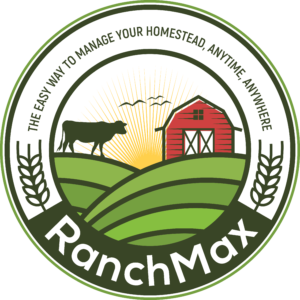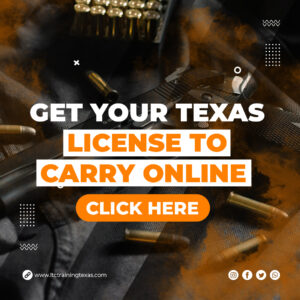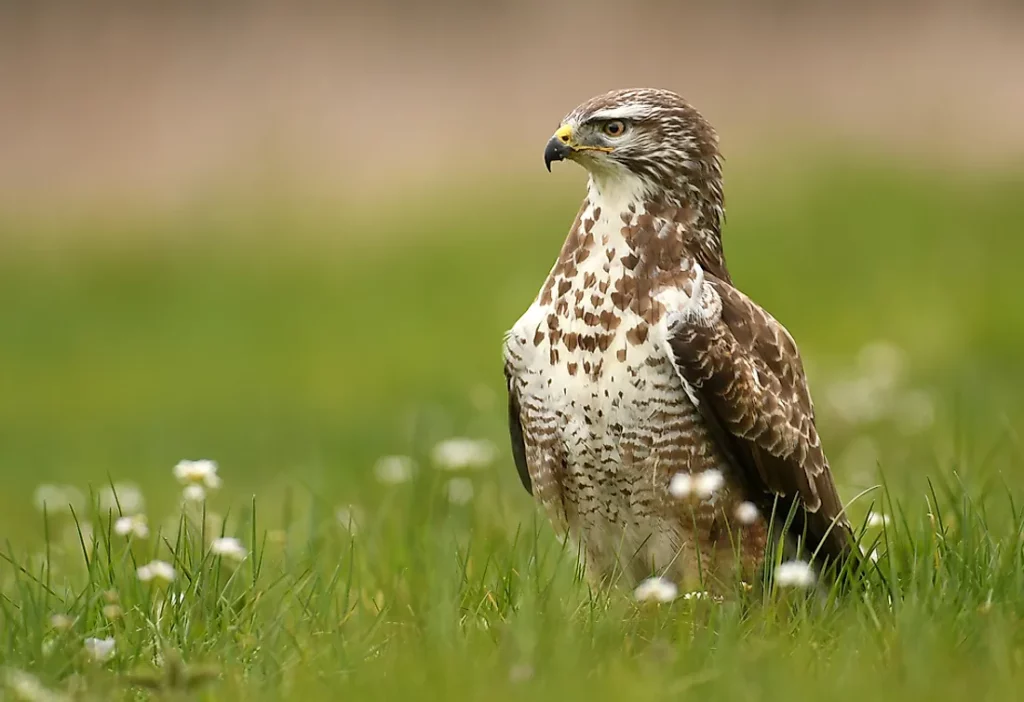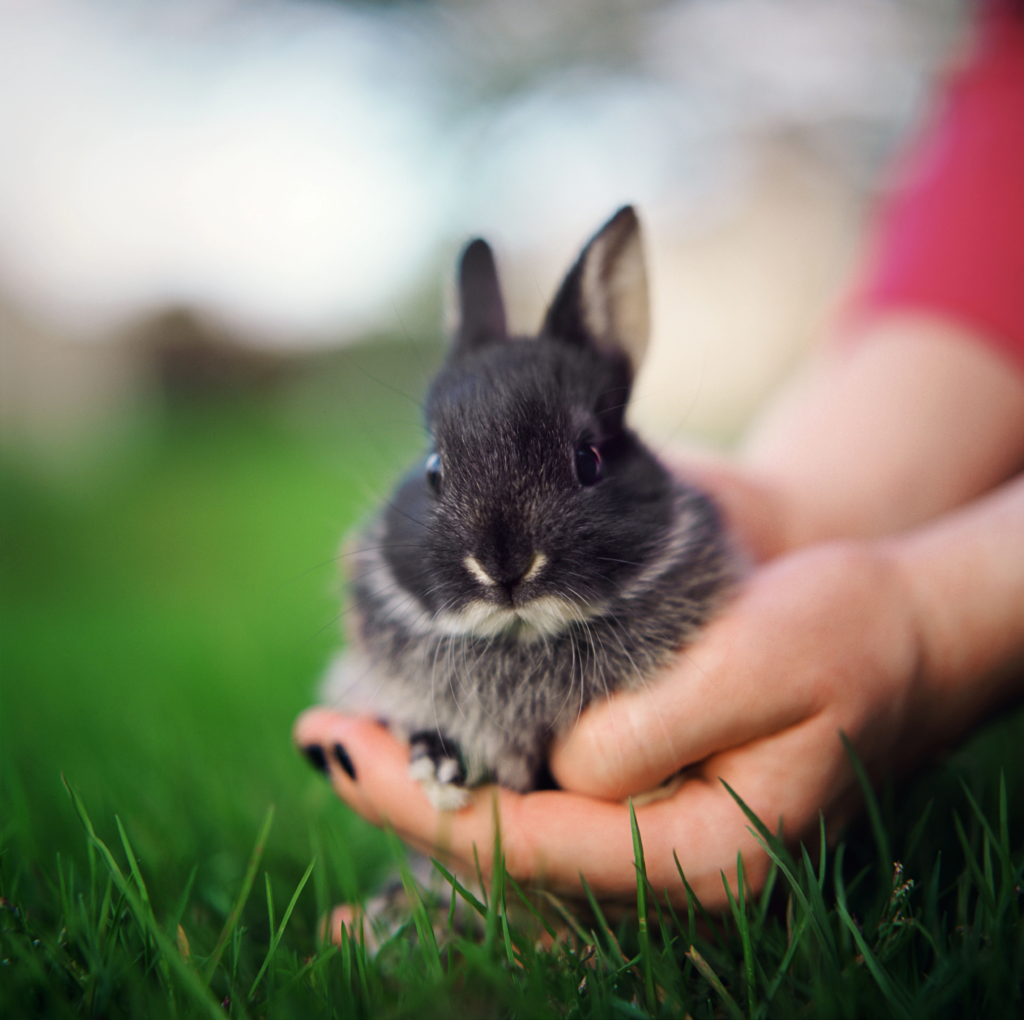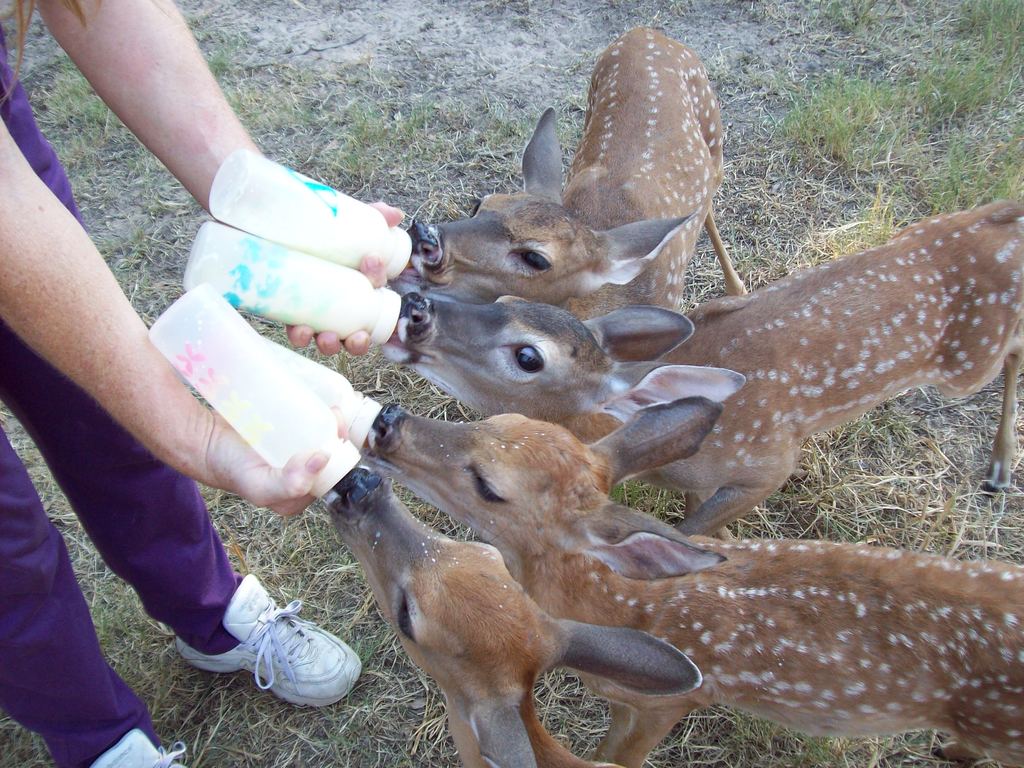
Wild animals are generally considered very wild and aggressive and they kill one another to make their survival possible. Hundreds and thousands of species have been seen in wildlife that makes it very beautiful. Where other animals are carnivores and hunt for their food requirements like a lion, crocodile, etc. there is one innocent animal present on this earth and can be found in Oklahoma Wildlife as well. Everyone gets attracted to that animal and if we say that it’s the most innocent and beautiful animal of wildlife, it would not be wrong. I am talking about the deer. Deer lives in large groups and their quantity makes their survival possible for them. Many wild animals make deer their prey and hunt them for their food.
But what if we find an orphan or injured deer/ baby fawn. What should we do?
First of all, you need to understand that if that deer is an orphan or its mother is around! Most people don’t know that if the baby deer is an orphan or not. So do not pick the healthy fawn because they are left alone when their mother searches for food. You can just place the baby fawn to a nearby location and wait. Mother will sense the danger and arrive when she will feel that potential danger is gone. But when you realize that there is no sign of their mother and the baby is crying and wandering then you should contact a nearby licensed Animal rescue or Wildlife rehabilitator. Tell them about the whole situation and wait there for their arrival. If you are unable to contact the animal rescue or Wildlife rehabilitator then you should take the responsibility to rehabilitate the deer.
You should always pick the deer when it is sick, injured, or orphaned.
How do you know if a fawn needs your help?
The most benevolent situation will be when you will pick the healthy fawn and it will leave far-reaching impacts on the mother and the baby fawn as well. When you see that fawn is crying, covered with blood, bleeding, or has been caught by a cat or dog, then you should respond immediately.
Diet:
- Maintaining a balanced diet is very challenging. You should provide a substitute milk diet that has the proper amount of fats, proteins and other nutrition needs to sustain their life.
- Offer them the prescribed formula. For that, you must need to contact the veterinarian. As the baby fawn starts adopting it you can replace the formula as well.
- Newborn babies that may not have been fed by their mothers are given colostrum for the first 24 hours.
- When you see that they are old enough to move or play then you should start offering them the green leaves and branches. When they will start eating that, they will grow rapidly.
- Feed the babies 3-4 times a day and for the adults, you should offer them the leaves 2 times a day. It also depends on their size and weight.
You should always check their body temperature and their weight and make your record so that you can analyze the progress afterward. The average body temperature of the deer should be 101-102*F. if the temperature drops or goes high then you should contact the veterinary doctor.
Housing:
At start fawns are kept in isolation for 2-3 weeks if the fawns are sick otherwise they are kept only for 1-2 days. As there is cold in Oklahoma so, they should be kept in a barn. A heat lamp must be placed around them so that they can stay warm. Once we see that baby fawn is healthy and there is no sign of disease or sickness then it must be shifted to the wide enclosure where it can run and play. A water sources must be present in that enclosure to make sure that deer are hydrated. Provide them the small hills and vegetation so that they can start adopting the wildlife environment.
What to do when you find an injured deer:
- When you find an injured deer and bleeding constantly then call the nearby licensed Wildlife rehabilitator.
- If they ask you to wait then you should wait there until they arrive.
- Otherwise, you should try to stop the bleeding and provide the first aid to it. Contact the Veterinary doctor and ask him to come to your palace for the treatment. Otherwise, you should take it to the veterinary hospital where it can get further treatment.
- After the treatment, you should take care of its diet, housing, and other requirements and should try every effort to make their survival possible. Keep on checking that its wounds are healing with time or not.
- Do not place water around them when there are wounds on their body because water will destroy the healing process.
- Keep the enclosure clean so that it can stay safe from the disease.
Release:
When you see that the health of deer is good and have no disease left then it’s time to release it from the cage. Release the deer in that area where you found it. It will be easier for it to adopt that environment in which it has been living before.
